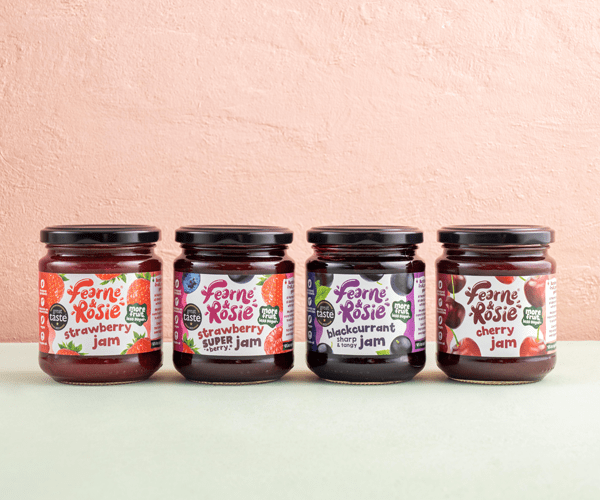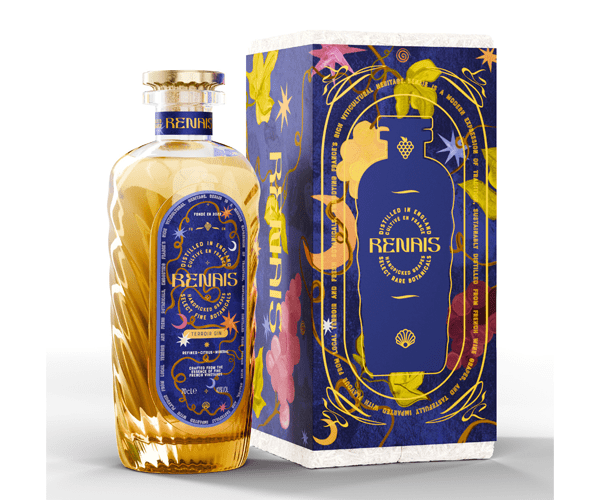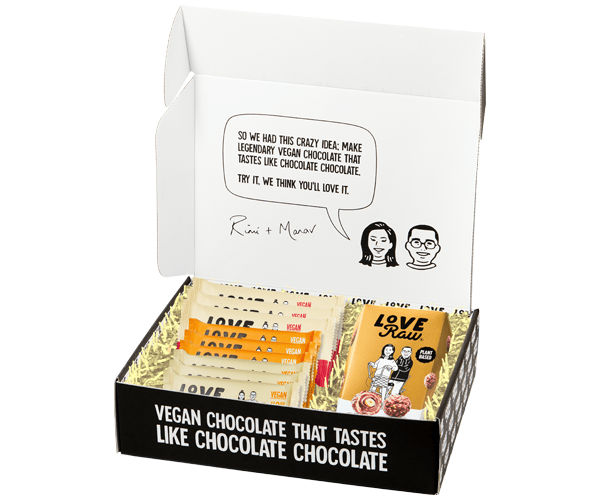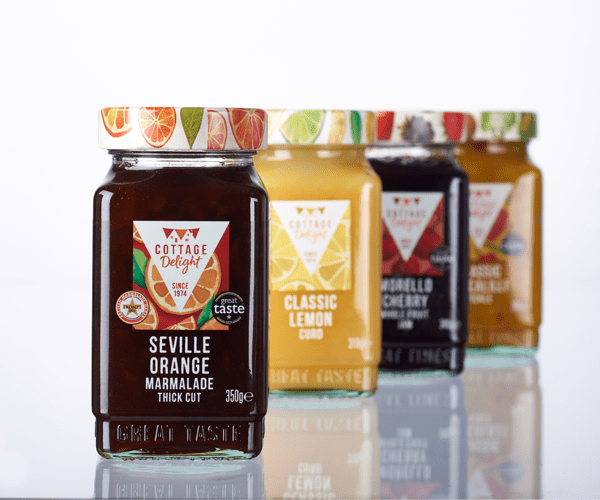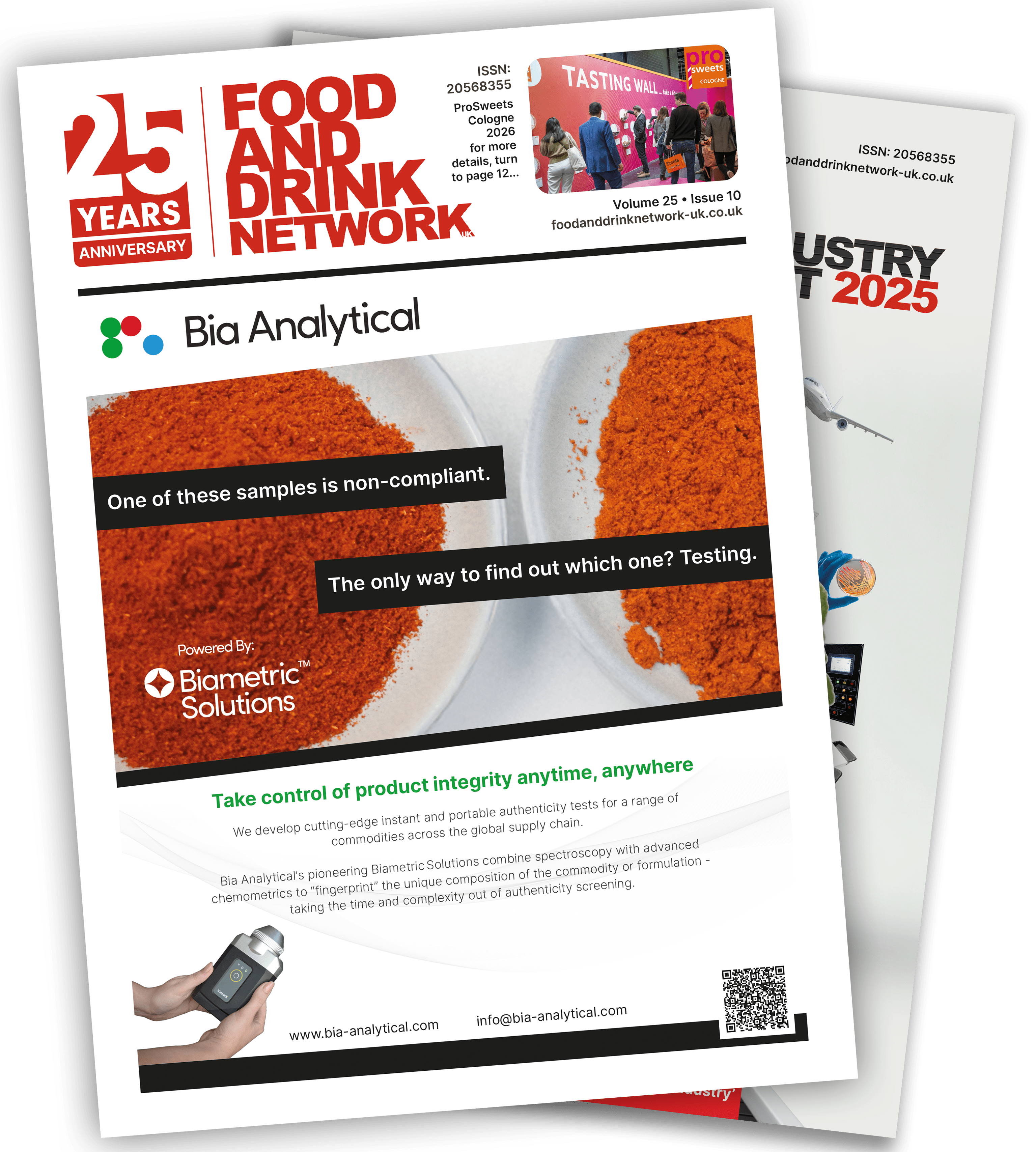10/9/2025 8:18:18 AM
4 mins read
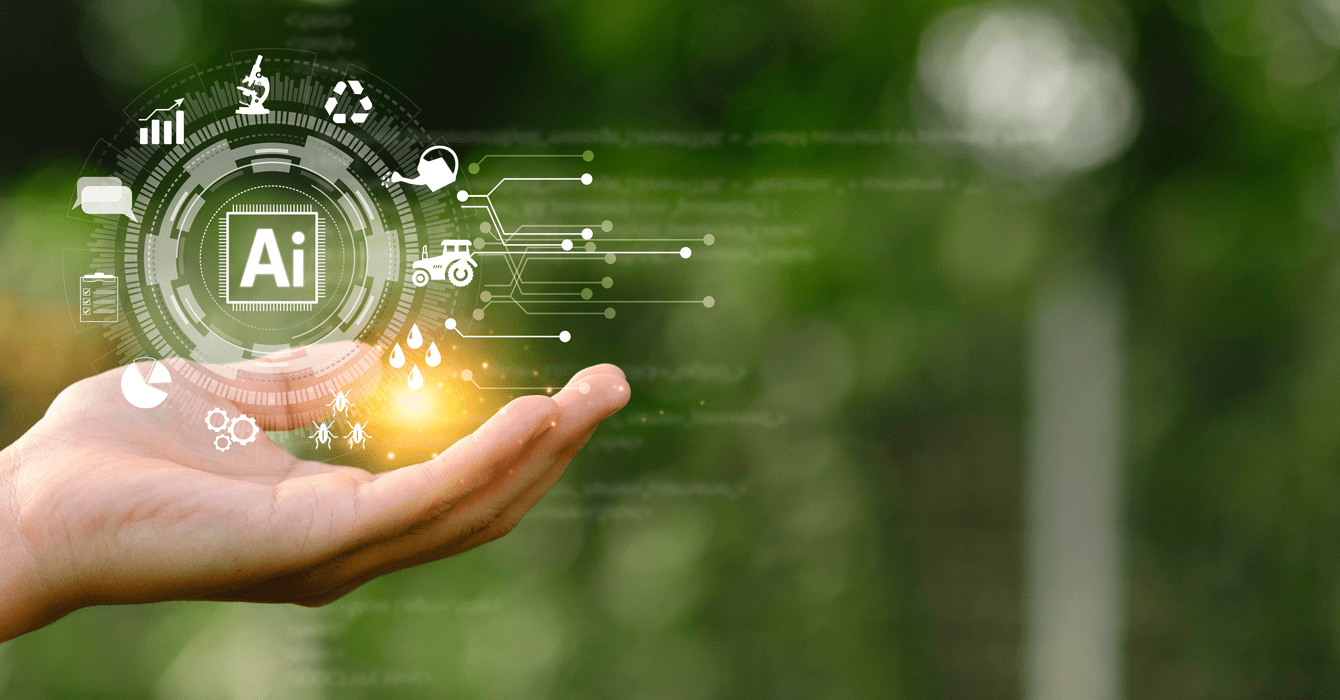
Artificial intelligence (AI) has moved from a futuristic concept to a practical tool transforming the food and beverage (F&B) industry. Across every stage of the value chain – from production and packaging to distribution and consumer engagement – AI is reshaping how businesses operate. The technology is helping manufacturers cut waste, improve traceability, enhance safety standards, and respond more quickly to market demands. With the global AI in F&B market already worth billions and expanding at a double-digit pace, 2025 marks a turning point where adoption is no longer optional but a competitive necessity.
This article explores how AI is influencing food safety and packaging today, the opportunities and challenges for businesses in the UK and beyond, and what the sector can expect as we move into 2026.
AI-Powered Food Safety and Quality Control
Ensuring food safety and consistent quality is a top priority for industry stakeholders and regulators. In 2025, AI is a game-changer in this area, thanks to its ability to detect risks and defects faster and more accurately than traditional methods. Computer vision systems equipped with machine learning are now inspecting products on production lines to catch even tiny defects or contaminants that the human eye might miss. This not only prevents substandard or unsafe products from reaching consumers but also reduces waste and the costly risk of recalls. For example, Mondelez International uses AI-driven visual inspection to spot imperfections like cracks or coating bubbles in chocolates, allowing real-time adjustments on the line. By improving inspection accuracy, Mondelez achieved more efficient production with less wastage, safeguarding both consumers and the brand’s reputation.
AI’s role in food safety extends beyond visual checks. Smart sensors and IoT integration allow continuous monitoring of environmental conditions (temperature, humidity, etc.) during food processing and distribution, with AI analysing this data to ensure safety is maintained throughout the supply chain. Machine learning models are also being applied to predict food spoilage and shelf-life more accurately by analysing production and storage data – helping companies rotate stock and reduce food waste while guaranteeing freshness. Such predictive analytics mean potential issues are caught before they become crises.
To maintain strict compliance with food safety regulations, companies are also deploying AI for automated regulatory compliance and traceability. Combining AI with blockchain is emerging as a powerful approach for “farm-to-fork” traceability: immutable blockchain records of a food’s origin and handling are augmented by AI analytics to quickly identify contamination sources and authenticate products. IBM’s Food Trust platform, for example, leverages blockchain and AI to trace food ingredients through the supply chain, helping retailers and manufacturers pinpoint issues in seconds rather than days.
UK regulators are also exploring AI to improve food safety oversight. The Food Standards Agency (FSA) recently piloted an AI system to support hygiene inspections by predicting which restaurants or food businesses are at higher risk of violating hygiene rules. In frontline meat inspections, the FSA has also introduced generative AI tools: inspectors are testing a mobile app that uses AI to transcribe and standardise inspection notes, improving data quality and consistency. Moreover, the FSA employs traditional AI for pattern detection in vast datasets (from shipping manifests to web data) to spot food safety or authenticity risks before products enter the country. These initiatives demonstrate a broader trend of using AI to support regulatory compliance and proactive risk management in food safety.
AI in Packaging and Supply Chain Efficiency
Packaging is another critical front where AI is making waves in 2025, with implications for both operational efficiency and sustainability. AI-driven automation in packaging lines is helping manufacturers address labour shortages and speed up production. Smart robotic systems guided by AI can handle repetitive packaging, sorting, and labelling tasks with greater precision and speed than human workers. The result is higher throughput and fewer errors – for example, AI vision systems can automatically detect packaging defects such as seal leaks, mislabels or damaged containers and reject or re-route them for correction.
Beyond the factory floor, AI is aiding in the design of more sustainable packaging. A notable 2025 development is the use of generative AI to invent eco-friendly packaging materials. In a pioneering collaboration, Nestlé partnered with IBM Research to develop an AI tool that can propose novel packaging materials with high barrier properties while potentially being recyclable or biodegradable. Impressively, the AI can shave down material R&D times from years to days, vastly accelerating innovation. This case exemplifies how AI is driving packaging innovation: by 2025, such tools are helping brands create packaging that not only keeps food safe and fresh, but also improves environmental footprint – a key concern for regulators and consumers alike.
AI also contributes to sustainability through better waste management and recycling of packaging. Packaging experts predict that by 2025 flexible packaging materials will be designed for easier separation and identification, and advanced optical sorting machines using AI will more accurately sort packaging waste for recycling. By improving recycling rates, AI helps manufacturers close the loop on packaging and meet new regulations aimed at reducing plastic waste.
Crucially, AI in the supply chain complements these packaging improvements by optimising inventory and logistics. As the F&B industry grapples with demand volatility and a mandate to cut food waste, AI-driven forecasting has become invaluable. For instance, PepsiCo uses AI to analyse consumer purchasing behaviour alongside weather patterns to fine-tune its production schedules. Better predictions also allow just-in-time inventory for ingredients and packaging materials, reducing waste from expired raw materials. Logistics benefit too – optimised routing and shipment scheduling mean finished goods move to retailers more efficiently, cutting transportation costs and emissions.
Product Innovation and Personalisation with AI
AI is not only improving back-end processes but also enabling innovation in products and services. In 2025, F&B companies are using AI to develop new recipes, flavour profiles, and personalised nutrition solutions. Coca-Cola, for example, mined data from its AI-powered Freestyle vending machines to identify a popular flavour mix that led to the launch of Cherry Sprite. Similarly, other brands are using AI to simulate how tweaking ingredients might affect taste and texture, accelerating R&D.
Personalised nutrition startups are another trend, where AI tailors recommendations to individual dietary needs. Restaurants are even experimenting with AI-driven menu systems that dynamically adjust pricing or suggest meals based on customer preferences.
Integrity, Compliance and the Regulatory Landscape
As AI becomes ingrained in F&B operations, ensuring integrity and compliance is paramount. In the UK, food safety regulations still require that any AI systems used do not compromise the rigour of hygiene and safety checks. Encouragingly, we see AI being used to strengthen compliance: AI systems can automatically verify HACCP checkpoints or alert managers if a critical control falls out of spec. Automated record-keeping by AI reduces human error in compliance documentation.
Regulators themselves are adapting. The European Union is introducing new requirements by 2026, such as the Digital Product Passport as part of its sustainability and circular economy initiatives. Likewise, in the United States, the FDA’s new Food Traceability Rule takes effect in January 2026, requiring tech-enabled tracking of certain foods. Globally, these regulatory trends signal that transparency and data-driven oversight will only increase.
At the same time, governance of AI itself is a focus. In the UK, the government’s AI Regulation White Paper outlines principles like safety, fairness, and accountability. Food companies implementing AI systems should incorporate these principles – for instance, ensuring algorithms that might affect product safety are thoroughly tested and having human oversight over critical decisions like recalls.
Outlook for 2026
Looking ahead to 2026, AI is poised to become even more deeply embedded in the food and beverage industry. Analysts project the global AI in F&B market to roughly double in the next couple of years, reaching around $12–13 billion by 2026. Growth at this pace suggests that what is cutting-edge today will be commonplace by next year.
We can expect broader adoption of AI across mid-sized and smaller food companies, more 24/7 monitoring systems, robotics-as-a-service in packaging, and wider rollout of intelligent packaging. Sustainability pressures will also drive AI adoption, especially in areas like waste reduction, recyclable packaging, and circular economy practices.
On the regulatory front, by 2026 governments and industry bodies may issue clearer guidance or even standards for AI in critical areas like food safety. The anticipated EU AI Act could classify certain uses of AI and impose requirements such as transparency to users.
In summary, 2026 is set to build on the foundations laid in 2025. We anticipate safer food, smarter packaging, and more efficient supply chains as AI tools become standard. Companies that invest in AI – while also investing in governance and employee training – will be well-positioned to lead in a competitive market that values both innovation and integrity.
References
-
Grand View Research – AI in Food & Beverages Market Size 2023 and CAGR Forecast: https://www.grandviewresearch.com/industry-analysis/ai-in-food-beverage-market
-
Optimum PPS (Paul Stewart, Mar 2025) – AI Transformations in the Food & Beverage Industry 2025: https://www.optimumpps.co.uk/ai-food-beverage-2025
-
BCC Research (Amrita Kumari, Sep 2025) – How AI is Transforming Food Safety & Quality Control in 2025: https://www.bccresearch.com/partners/ai-food-safety-2025
-
Food Standards Agency (UK) – Case Study: AI Proof-of-Concept for Food Hygiene Inspections: https://www.food.gov.uk/research/ai-in-food-hygiene
-
PublicTechnology.net (Sam Trendall, Feb 2025) – FSA brings AI to meat inspection: https://www.publictechnology.net/2025/02/14/fsa-ai-meat-inspections
-
AI Business (Aug 2025) – Nestlé & IBM Generative AI for Sustainable Packaging: https://aibusiness.com/nestle-ibm-generative-ai-packaging
-
Packaging Digest (Claire Sand, Feb 2025) – Food Packaging Predictions 2025: https://www.packagingdigest.com/food-packaging-predictions-2025
-
Cognex – AI Inspection Transforming Packaging: https://www.cognex.com/blog/ai-packaging-inspection
-
BlueWeave Consulting – AI in F&B Market to Reach $12.58B by 2026: https://www.blueweaveconsulting.com/report/ai-in-food-and-beverage-market
-
Atlantic Technologies (Aug 2025) – Generative AI in F&B and EU Digital Product Passport 2026: https://www.atlantic-technologies.com/blog/ai-food-eu-digital-passport
-
Accio “Food Trends 2026” (May 2025): https://www.accioglobal.com/food-trends-2026
